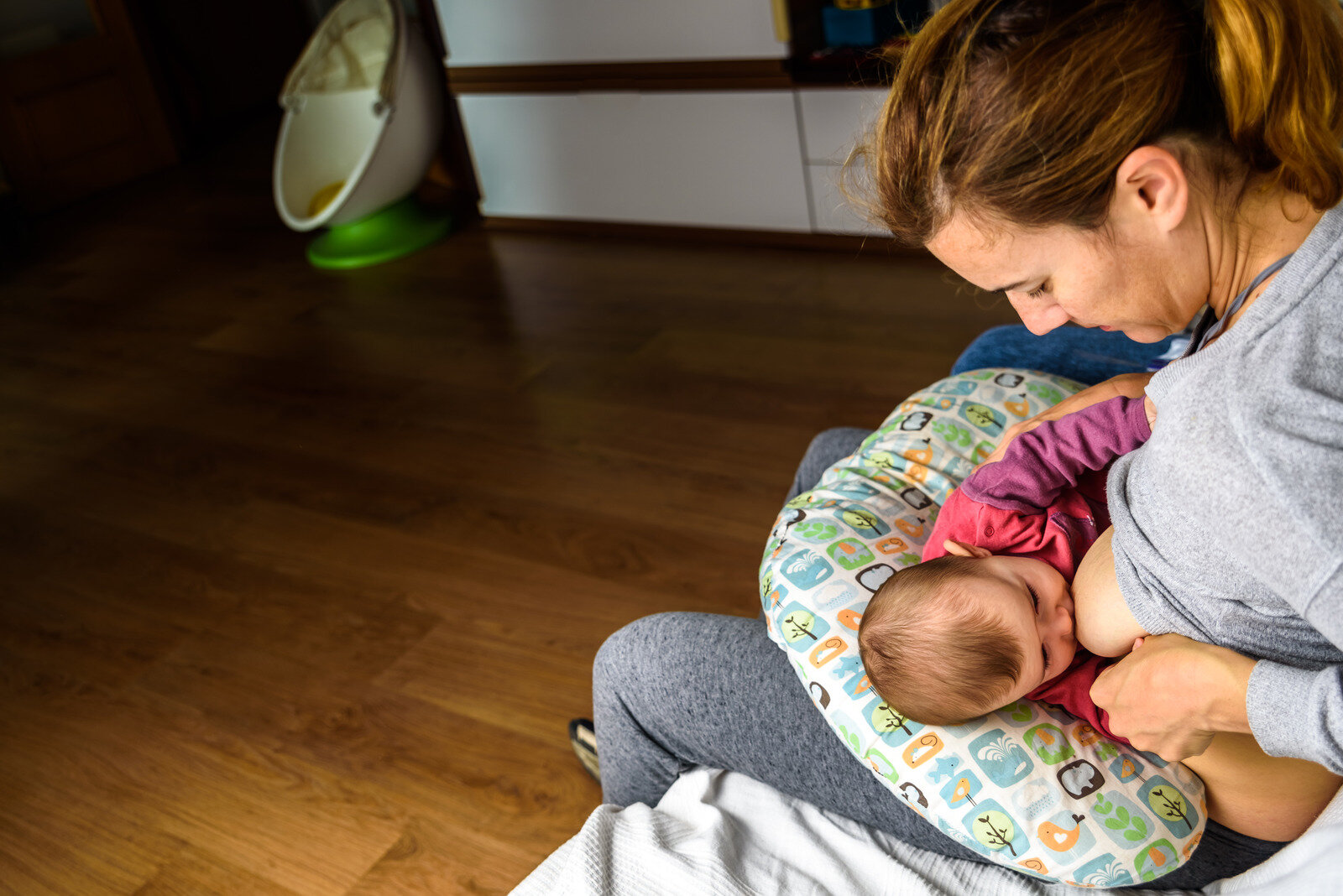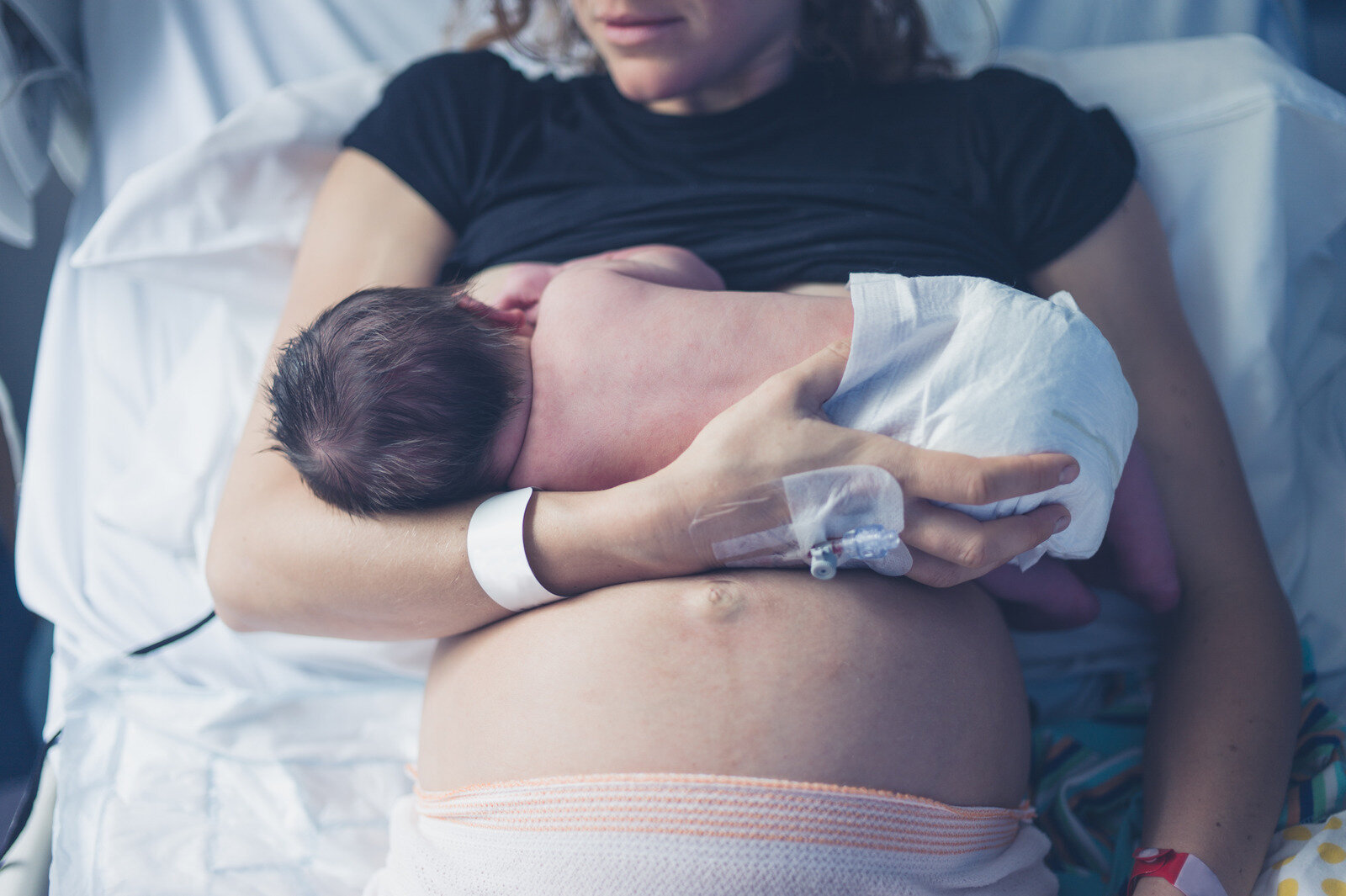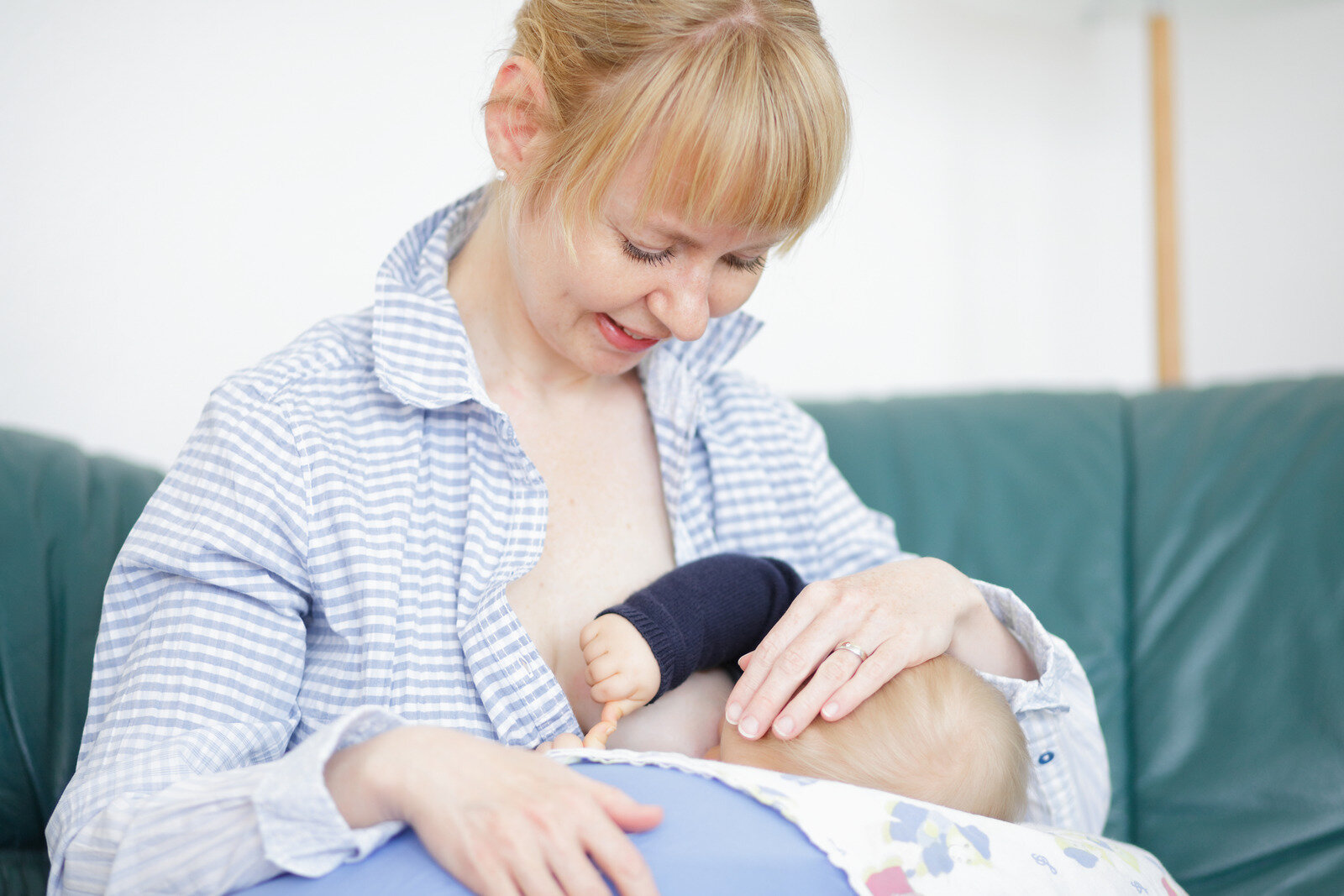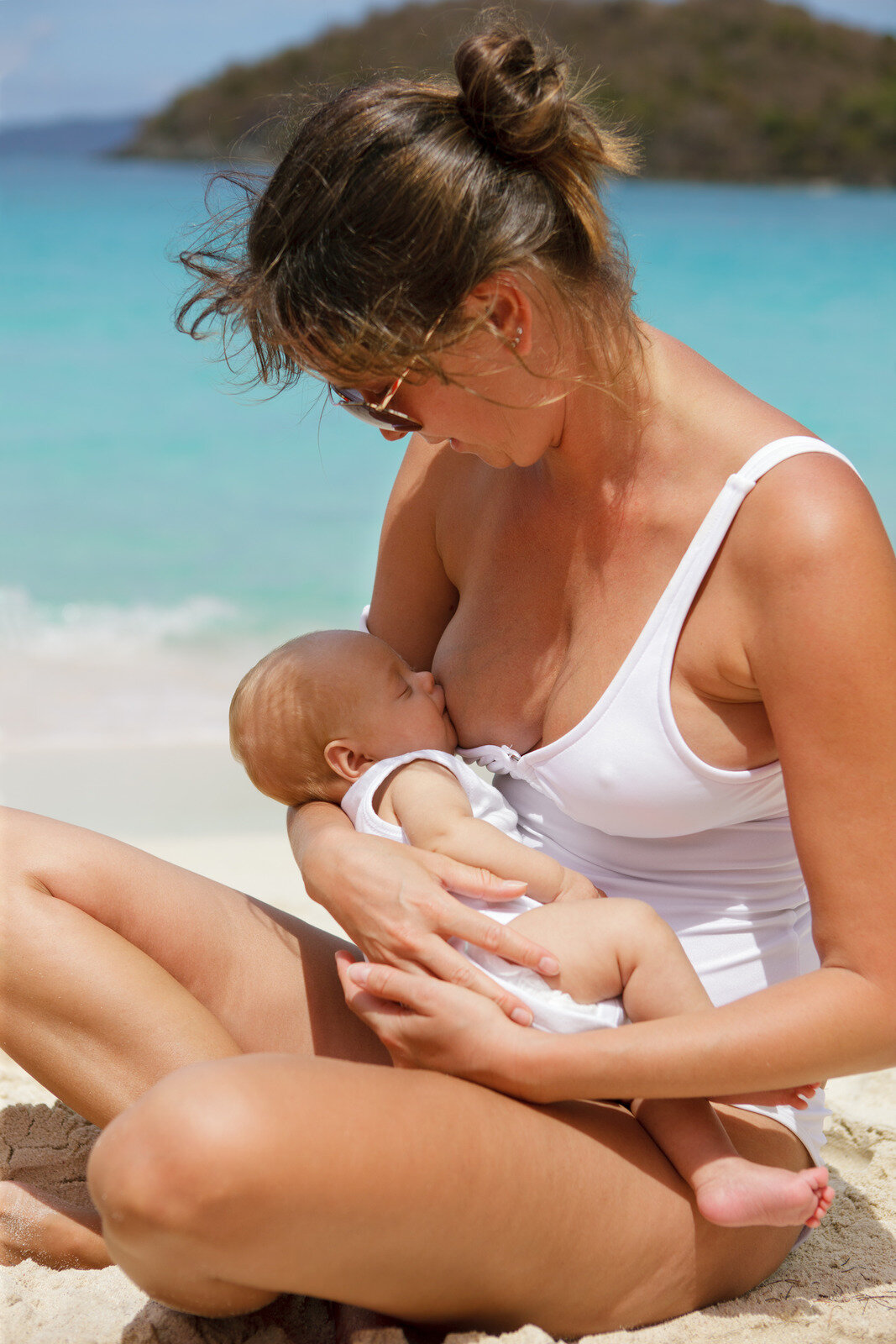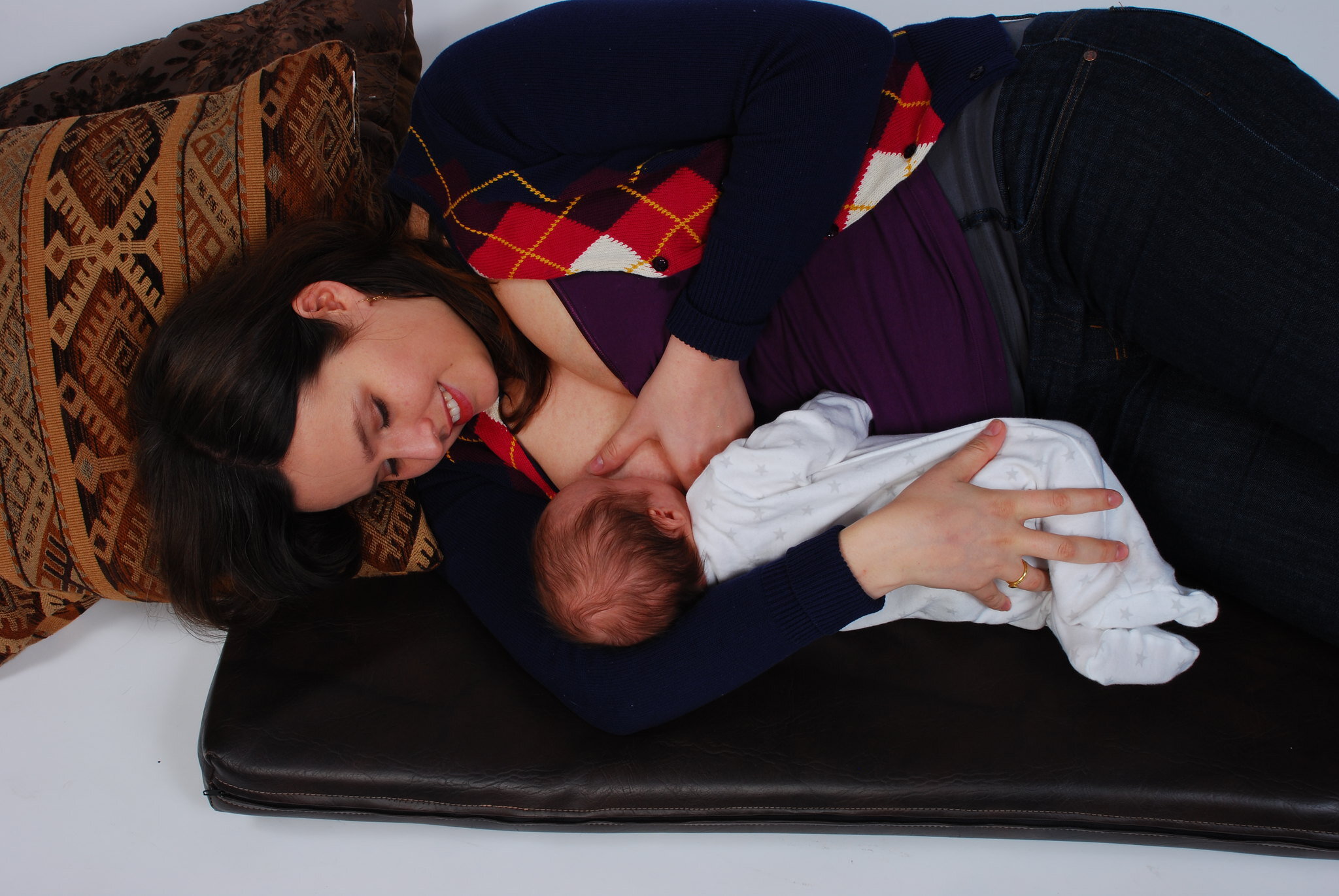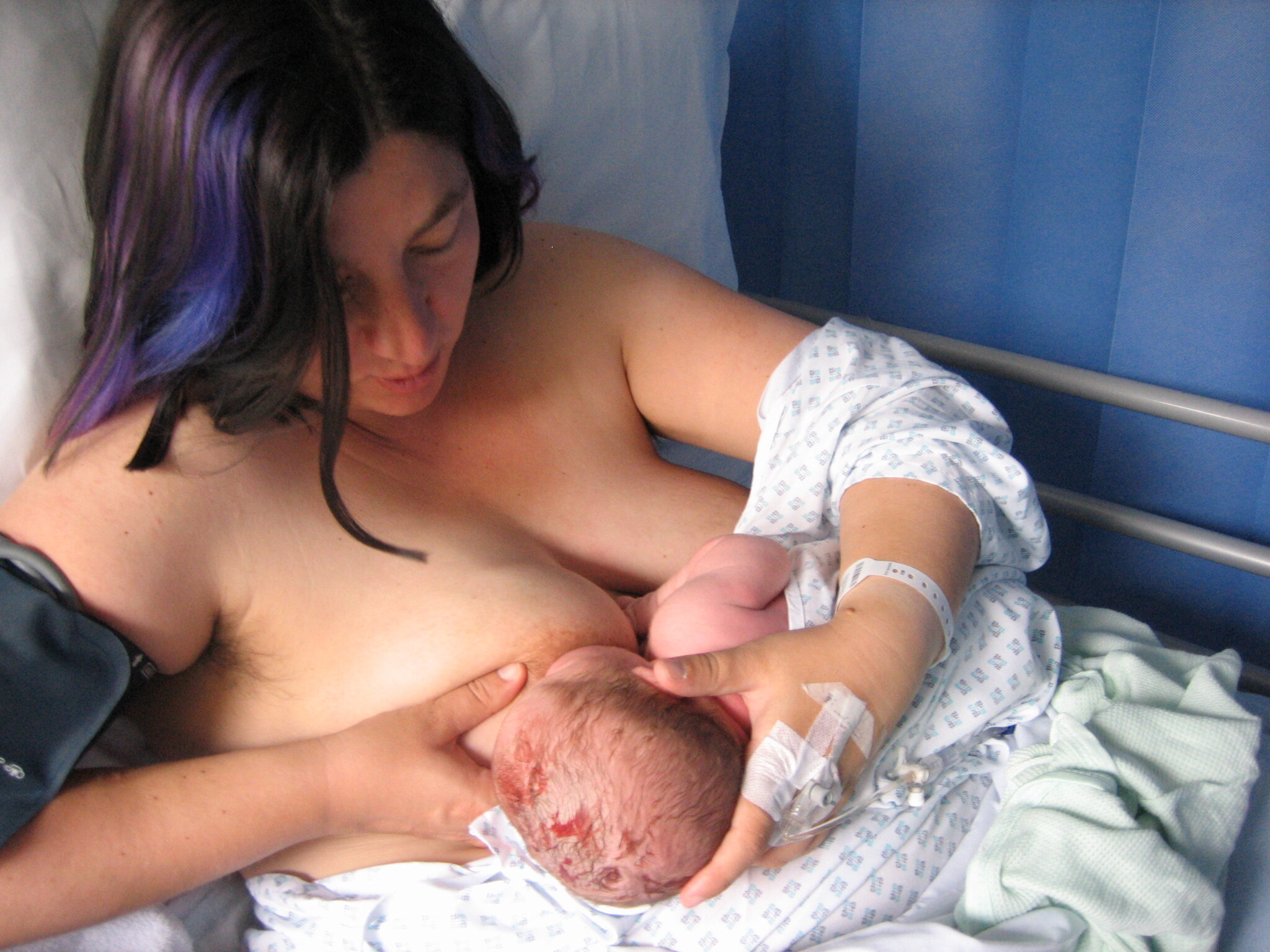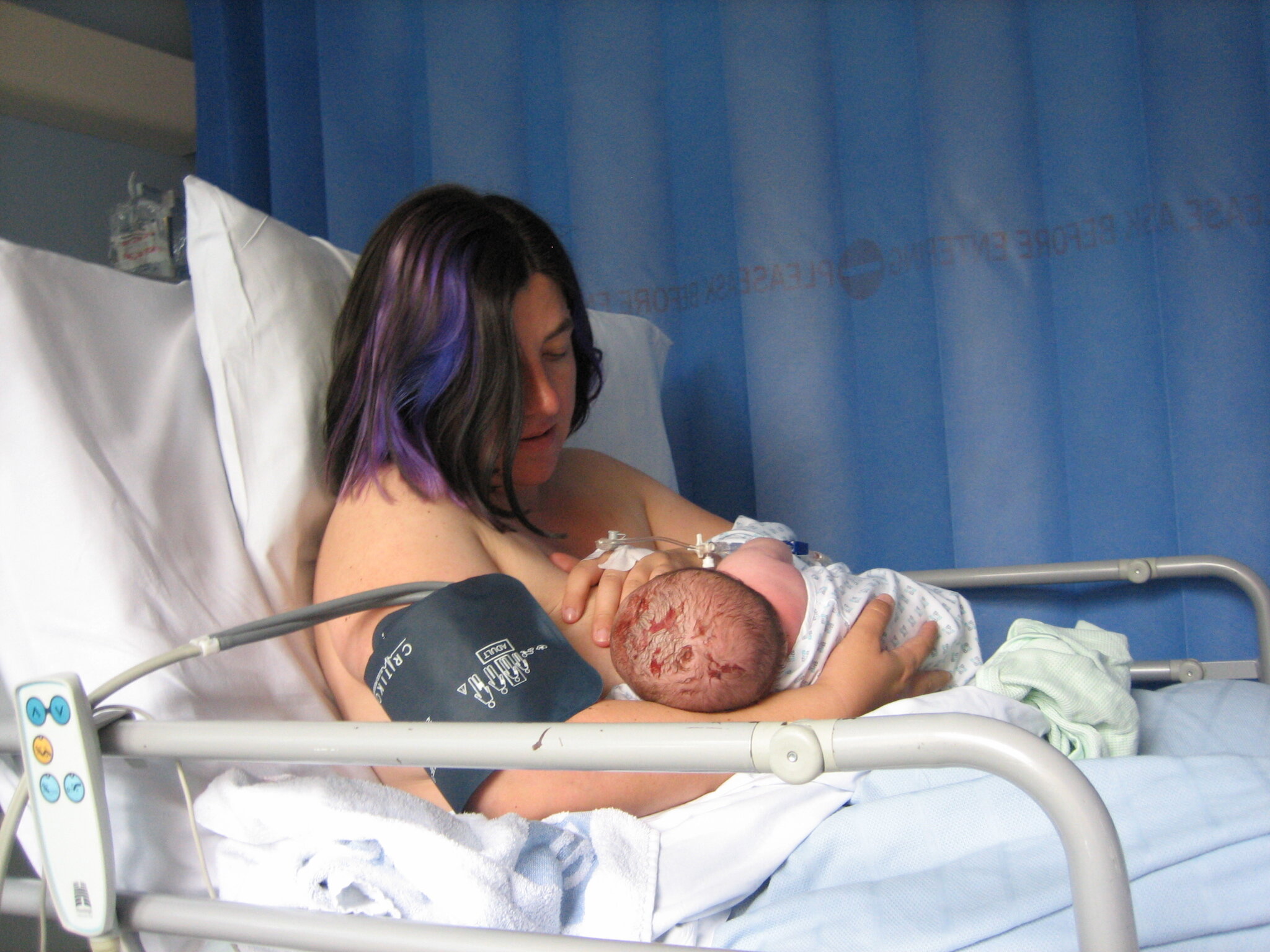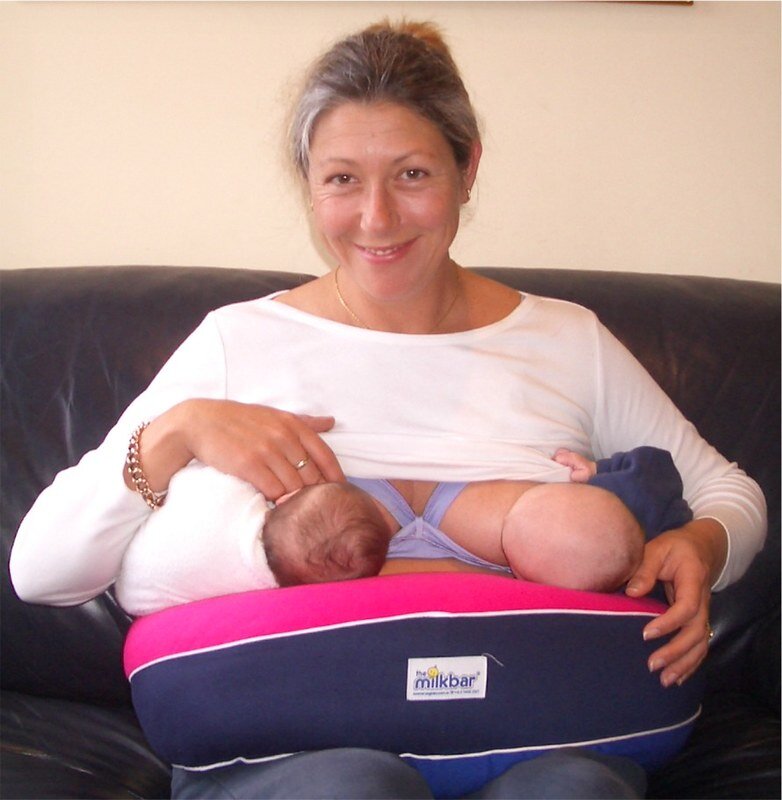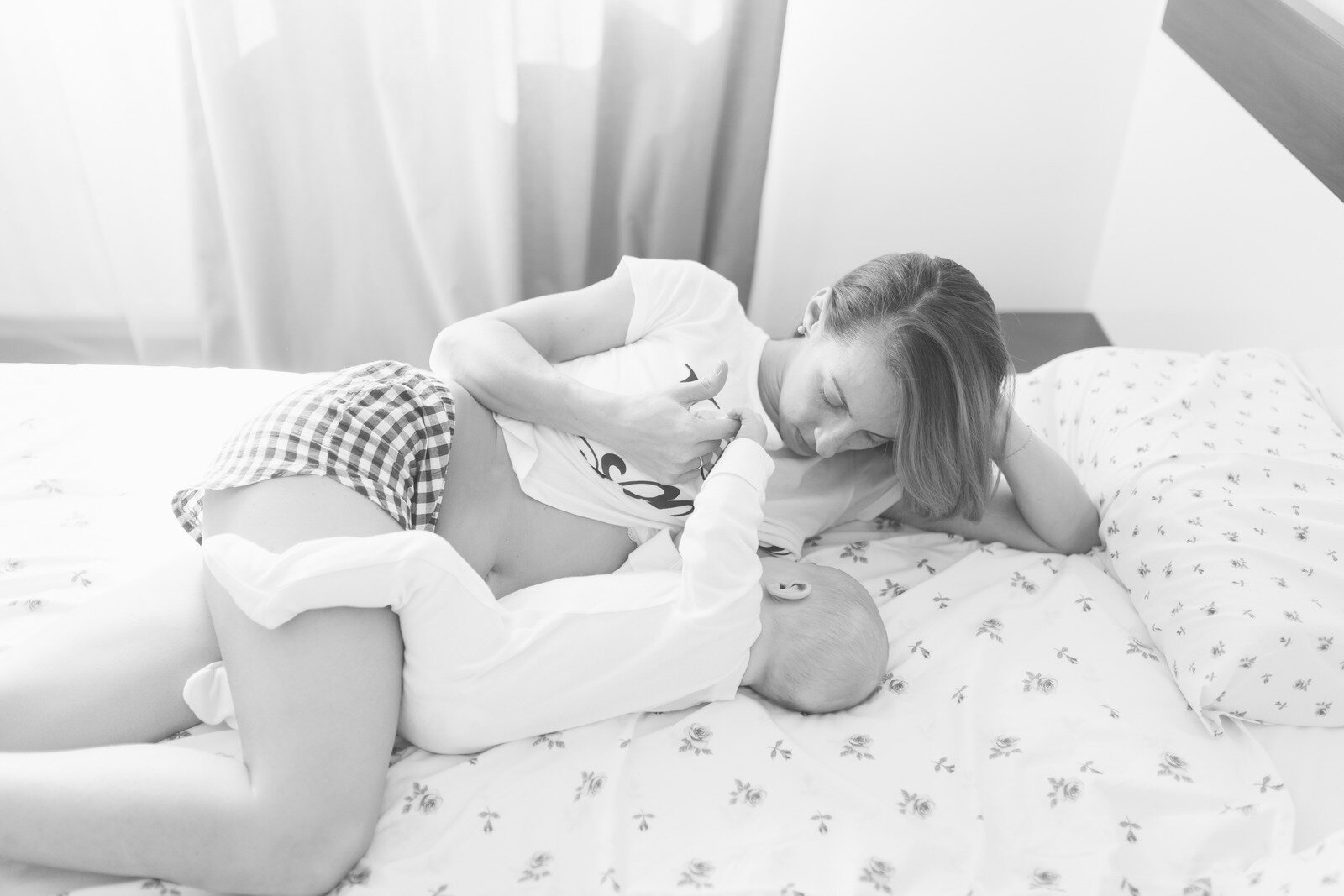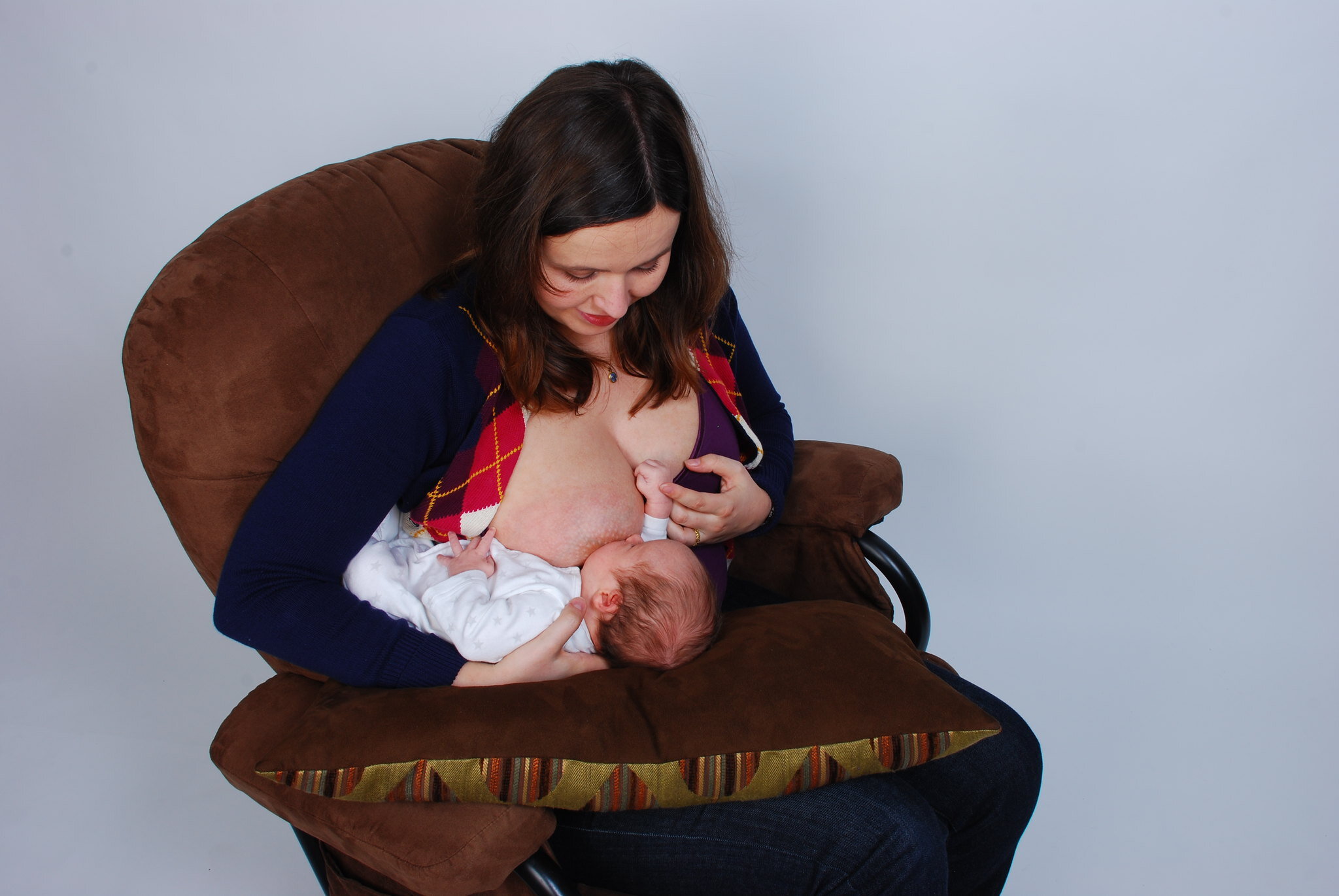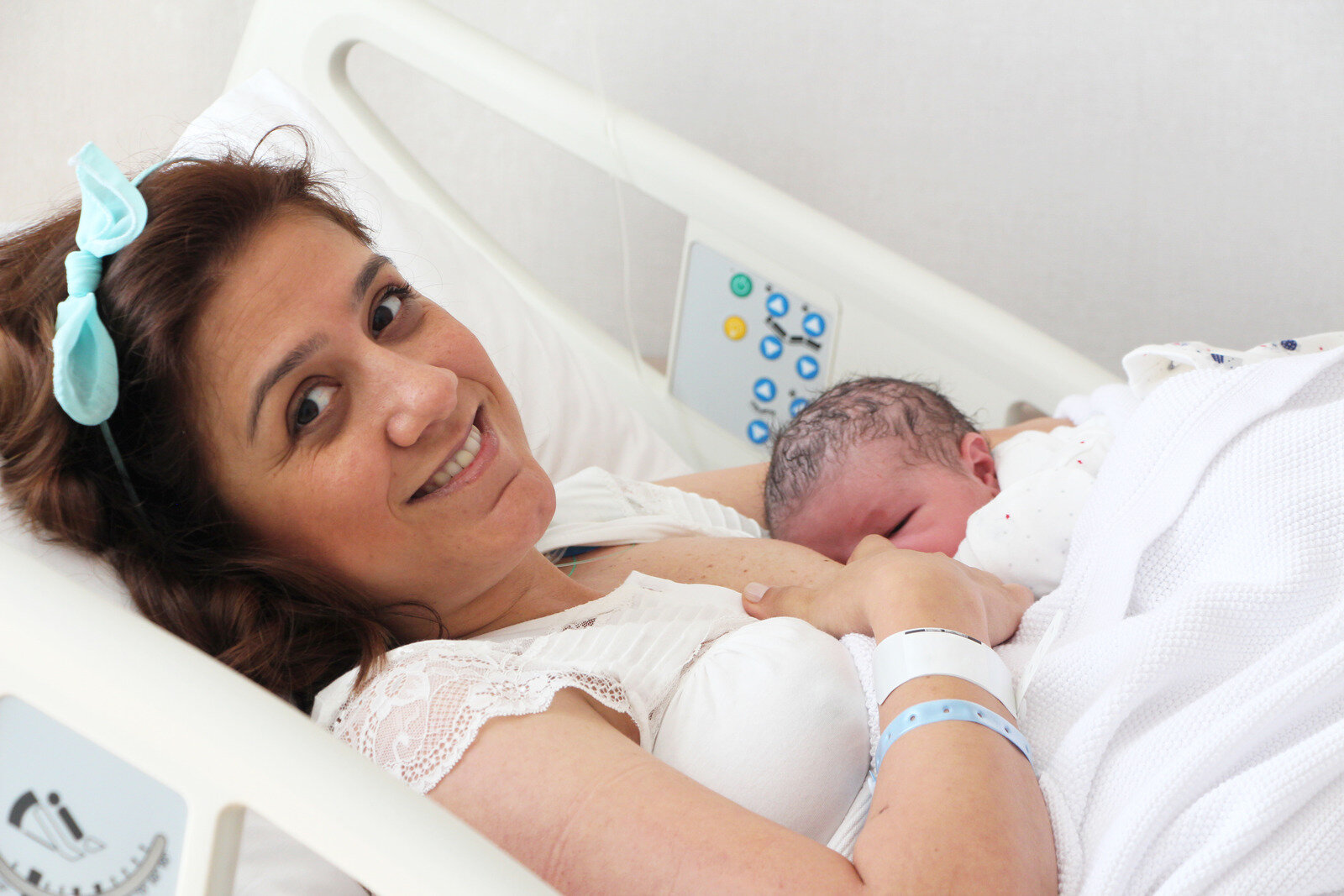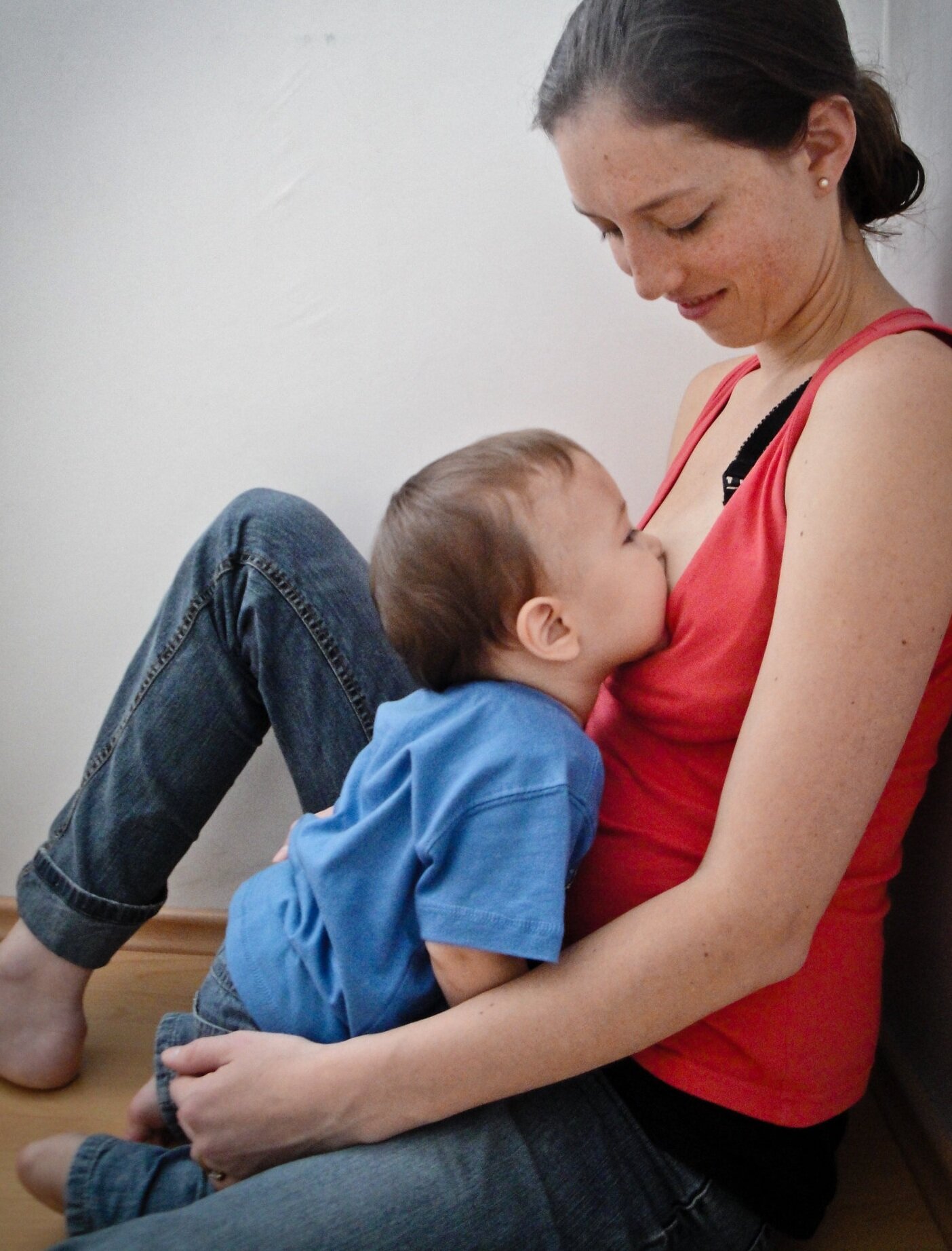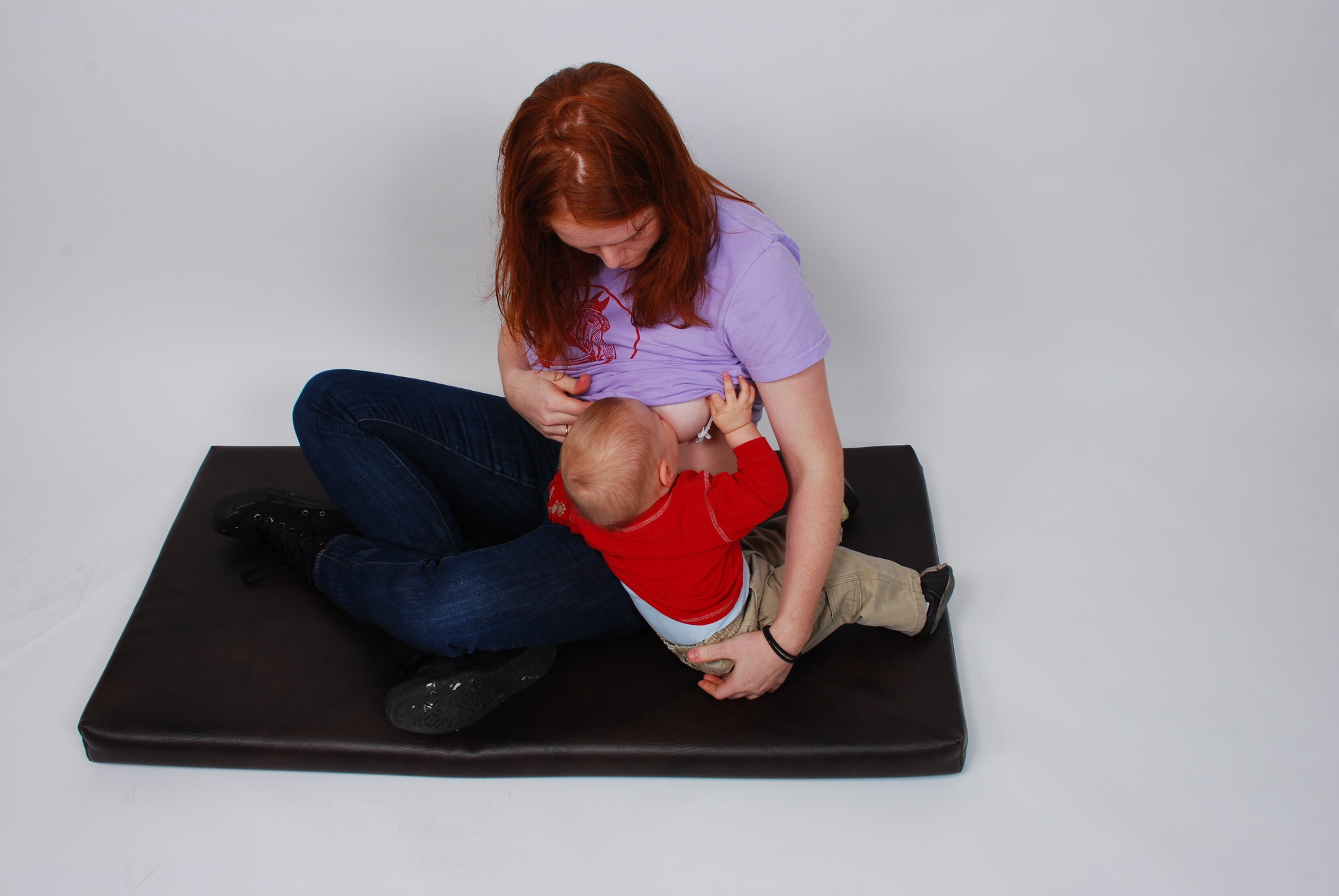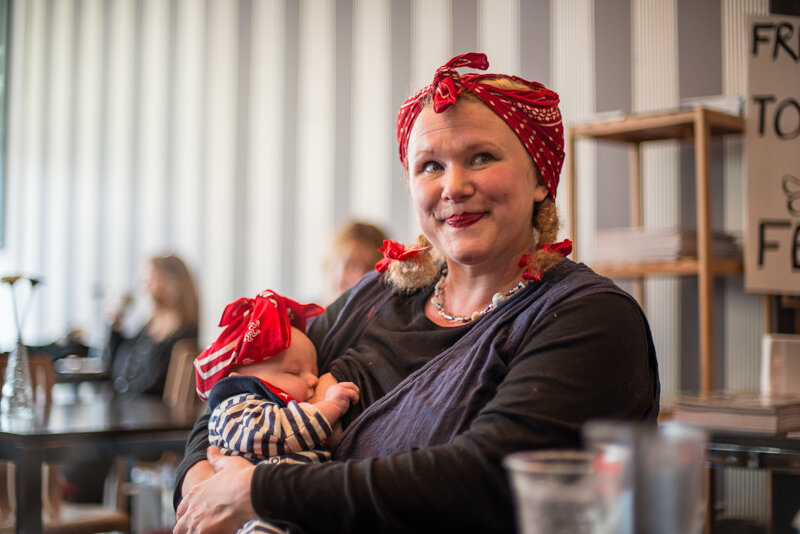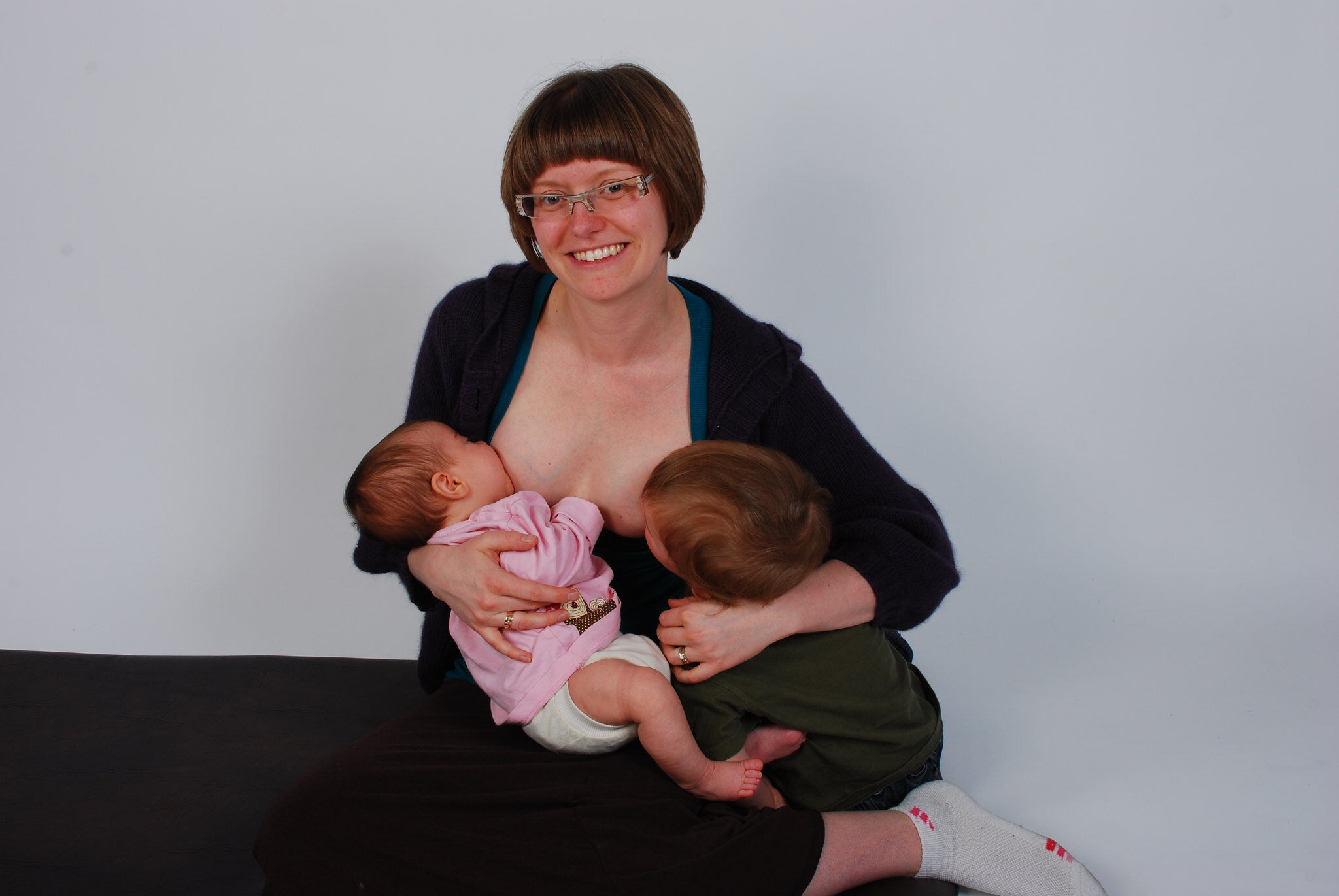A visual guide of
Breastfeeding Positions
Many expectant parents worry about how they will latch and position their baby for breastfeeding for pain-free nursing. Where as latching is a bit more technical, the great thing about positioning is that it's only as limited as one's imagination.
There is a wide range of positions you can try- some will make breastfeeding more comfortable for you, and others may make breastfeeding easier for your baby. As your baby grows and gains more control over their movements (especially head control), you may find they can breastfeed effectively in a broader range of positions.
And where you once had to worry about following positing fundamentals to the T (ears, shoulders, & hips in alignment), you may find your baby coming up with their own creative positions—Yay for Gymnurstics!
Here is a visual guide to some of the positions you can try and when they may be helpful.
Please note: Some of the parent-baby pairs aren't following best practices when it comes to positioning, so please use these as inspiration rather than step by step examples of how to do them.
Basic Positions
Cross Cradle
The cross cradle breastfeeding position is one many parents are taught early on in their breastfeeding relationship. Thought of a temporary hold used for latching, it can be super helpful for navigating breastfeeding when your baby needs a mother-led or mother-sped approach as the arm supports baby’s back and the hand provides support behind the shoulders to bring baby to breast.
When used for extended periods of time, this position can cause strain and fatigue- you can see that this parent is hunched over observing the latch which is no fun for the shoulders & back. This may result in chest pain as seen with Mammary Constriction Syndrome.
Once baby is latched, it may be beneficial to move to a more comfortable position such as a reclined, laid back position or or supported cradle.
Cradle
Cradle is the “classic” breastfeeding position. Baby’s head is resting on the forearm and is curved around the breastfeeding parent’s body. There are many variations of this hold and is a commonly used position by parents all around the world.
Similar to the cross cradle, feeding in this position may cause tension and strain, especially if your back is not properly supported. Parents in this position have a tendency to hunch over, leading to pain.
As your baby gets older it may be less important to focus on the fundamentals of this position (tummy to tummy pressed firmly into your body, back and shoulders supported, etc) but while your baby is young, ensure a nice secure hold, and grab some pillows so you can lean back, relax, and binge your favorite show.
Side-lying
Side-lying is a must know position that not only avoids strain and fatigue seen with other positions, but facilitates effective feeding and provides an opportunity for rest, safely, while feeding.
In this position, baby is side-lying, facing the breastfeeding parent with a slightly extended neck. Ensure that there is space between the chin and chest and that baby isn’t tucking their head to latch. Ears, shoulders and hips should be in alignment, as is best practices for all feeding positions.
You have the option of “top boob” or “bottom boob”- whichever is easiest and most comfy for you. The parent pictured to the left is feeding on the bottom breast.
When side-lying please ensure you’ve set up a safe sleeping area as falling asleep may occur (it’s just so comfy and relaxing). As a reminder, it’s never safe to sleep with baby on the couch.
FootBall Hold
Oh the beloved (or despised) football hold! This is another position you may be shown early on in your breastfeeding experience, especially if you are tandem nursing (as seen to the right) or nursing multiples. This position can be helpful when your baby needs a bit of extra support to feed effectively as many therapeutic modifications can be made in this position.
This position is great for those who are a bit more busty and whose baby will only feed with a certain side up. Fatigue and strain can occur in this position if you’re not careful as getting into a relaxing, supported position is not as intuitive with this hold.
Pro tip: pillows are your best friend.
Laid Back Breastfeeding
The laid back position is arguable one of the best positions for breastfeeding as it supports your baby’s natural feeding behaviors. If you want to see your baby’s innate feeding skills, this position will allow your baby’s talents to shine as facilitates baby-led feeding.
Straining your neck with the other positions? Try laid back breastfeeding.
Need to catch a couple zzz’s? Try laid back breastfeeding.
Baby has tongue, a receding jaw (retrognathia), or feeding is causing you pain? Try laid back breastfeeding.
Fair warning: Many parents report there’s a learning curve especially if they’ve gotten used to more parent-led/sped approaches. The video to the right shows laid back nursing in action.
Parents with larger breasts may find this position a bit more challenging so if you totally hate it, do what works and feels comfy.
Upright Breastfeeding
Upright positions include the straddle sit aka Koala hold, Side-straddle, & any head above head positions in between. In the picture to the right, this parent (me) has combined an upright position and reclined position, getting the benefits out of both positions.
Whether you need a position that’s great for nursing while at dinner,that provides a little help from gravity to pull your baby’s tongue down, or that stops your baby from leaking from their nose while breastfeeding, incorporating some form of upright may make your breastfeeding journey easier.
Standing
Parenting never stops, even while breastfeeding. There may be times when you need to breastfeed on the go- and without a baby carrier.
Standing positions often modify a cradle or cross cradle hold, can cause fatigue and strain, and can get tiring quickly. Even the smallest of newborns get heavy fast.
Pro tip: Hook an arm under one of your baby’s legs for more support and even weight distribution.
Take a peek to see more of these positions in action and possible variations!


